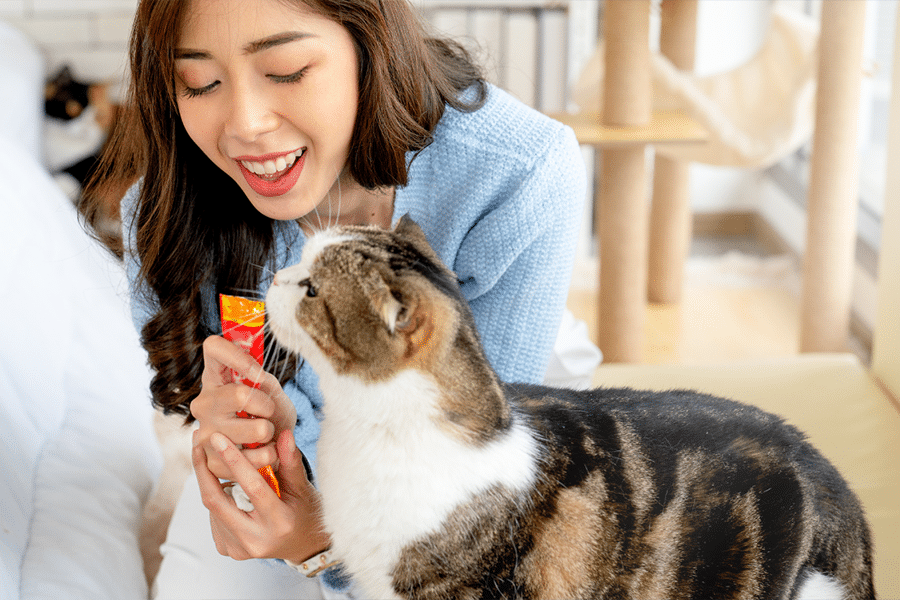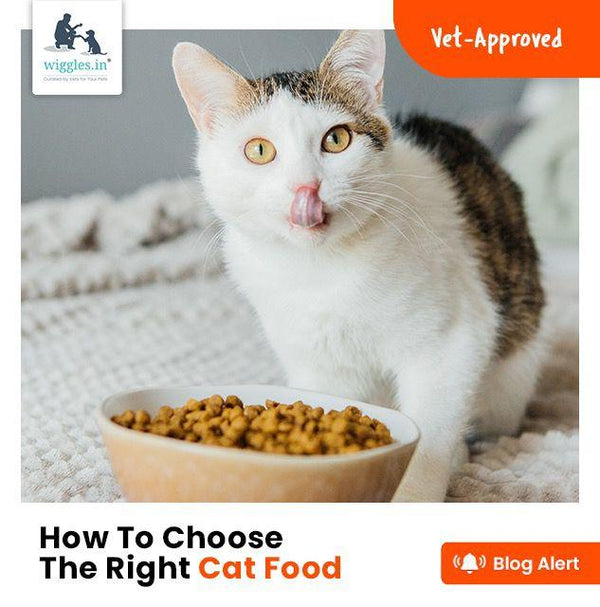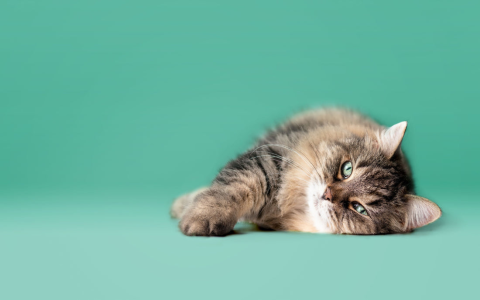Alright, so let me tell you about this whole omega-3 thing for cat food. It wasn’t like I woke up one day and became an expert, no way. It all started with my cat, Leo. He’s a good boy, but a while back, his fur started looking kinda…dull. You know? Not that shiny, sleek coat he used to have. And he was gettin’ a bit itchy, scratching more than usual.
So, like any worried cat parent, I started digging. First place I went? The pet store, obviously. Stared at that wall of cat food bags. Man, it’s overwhelming! So many brands, so many promises. Then I started seeing “Omega-3!” plastered on a bunch of them. Sounded good, right? Healthy fats, good for skin and coat, the whole nine yards.

I grabbed a bag that had a picture of a super glossy cat on it and big letters screaming “RICH IN OMEGA-3S!” Took it home, Leo seemed to like it alright. But after a few weeks, I wasn’t seeing a massive difference. His fur was maybe a tiny bit better, but the itching? Still there.
My Deep Dive into Labels
That got me thinking. It can’t just be about the words on the front of the bag. So, I started actually flipping those bags over and reading the tiny print – the ingredients list. And that’s where things got interesting. I learned that not all omega-3s are created equal, especially for cats.
Cats need their omega-3s mainly from fish oil, things like salmon oil, sardine oil, anchovy oil. Some foods, I noticed, would boast about omega-3s, but then you’d see it was from plant sources, like flaxseed. Now, flaxseed isn’t bad, but cats don’t convert those plant-based omega-3s as well as they do the ones from fish. It’s just how their bodies are wired.
So, my mission changed. I wasn’t just looking for “omega-3” anymore. I started looking for:
- Specific fish oils listed high up in the ingredients. If it’s way down the list, there’s probably not much in there.
- Words like “salmon oil,” “fish oil” (though “fish oil” can be a bit vague, so I prefer more specific ones if possible), “anchovy oil,” “sardine oil.”
- I also tried to avoid foods where the main fats were just generic “animal fat” without specifying the source, if I was specifically targeting good omegas.
What I Do Now
It took a bit of trial and error, not gonna lie. I tried a few different brands. Some were a hit, some Leo turned his nose up at. Classic cat, right? I also had a chat with my vet, just a quick one, and she basically confirmed what I was figuring out – look for good quality fish oil in the food.
Now, when I’m picking out food for Leo, I’m like a detective with those ingredient lists. I’ve found a couple of brands that he likes and that clearly list good sources of fish oil. His coat is definitely much better now – shinier, softer, and the scratching has gone way down. Huge relief, let me tell you.
Sometimes, if I feel like he needs an extra boost, especially in winter when his skin can get drier, I’ll even add a tiny bit of fish oil supplement directly to his wet food. Just a little pump. He doesn’t seem to mind it, thankfully.

So yeah, that’s my journey with omega-3s and cat food. It’s not rocket science, but you do gotta look past the flashy marketing. Reading that label is key. It’s a bit more effort, sure, but seeing Leo happy and healthy makes it totally worth it.






